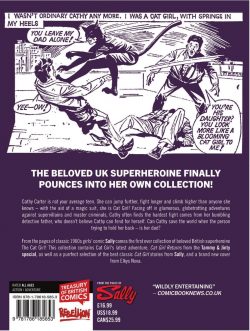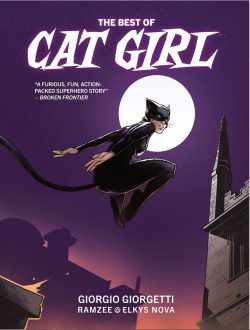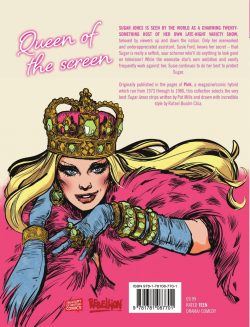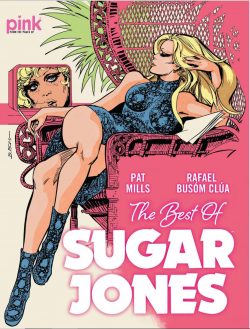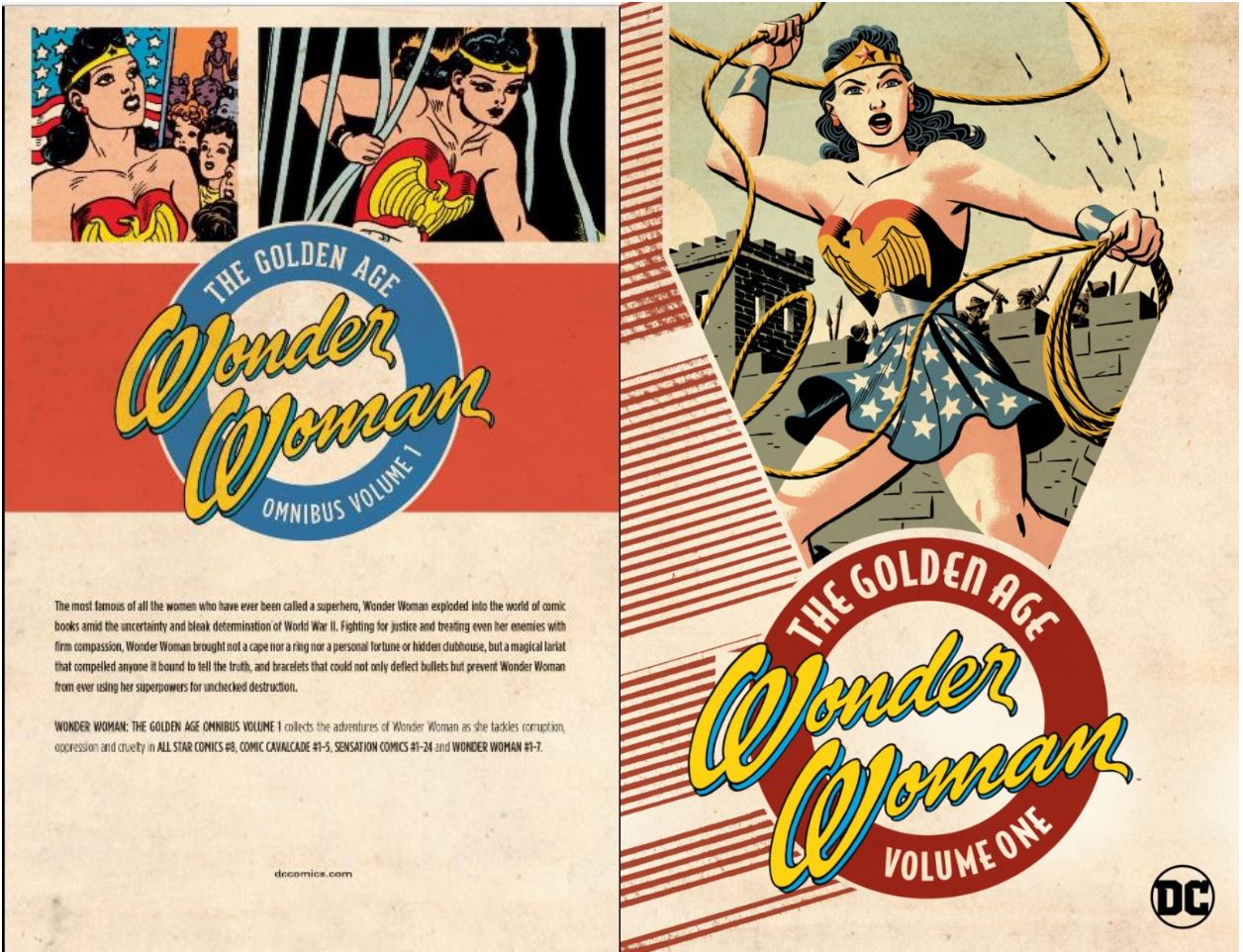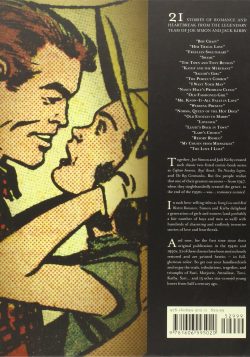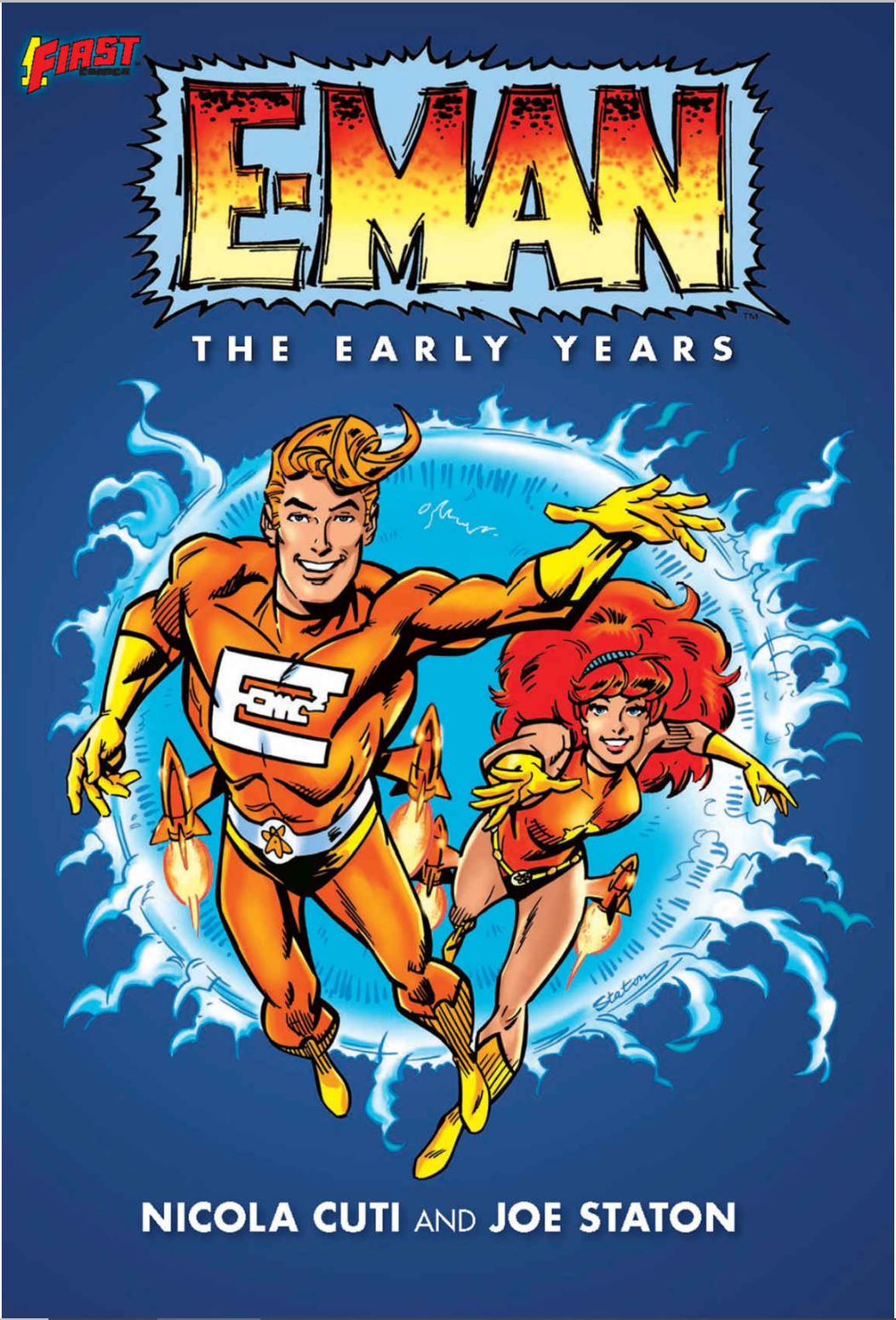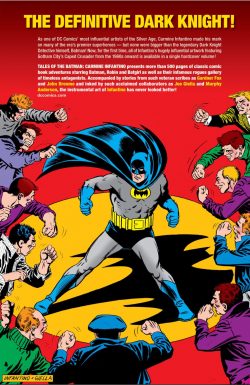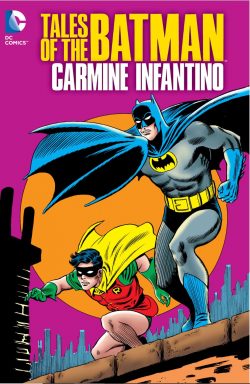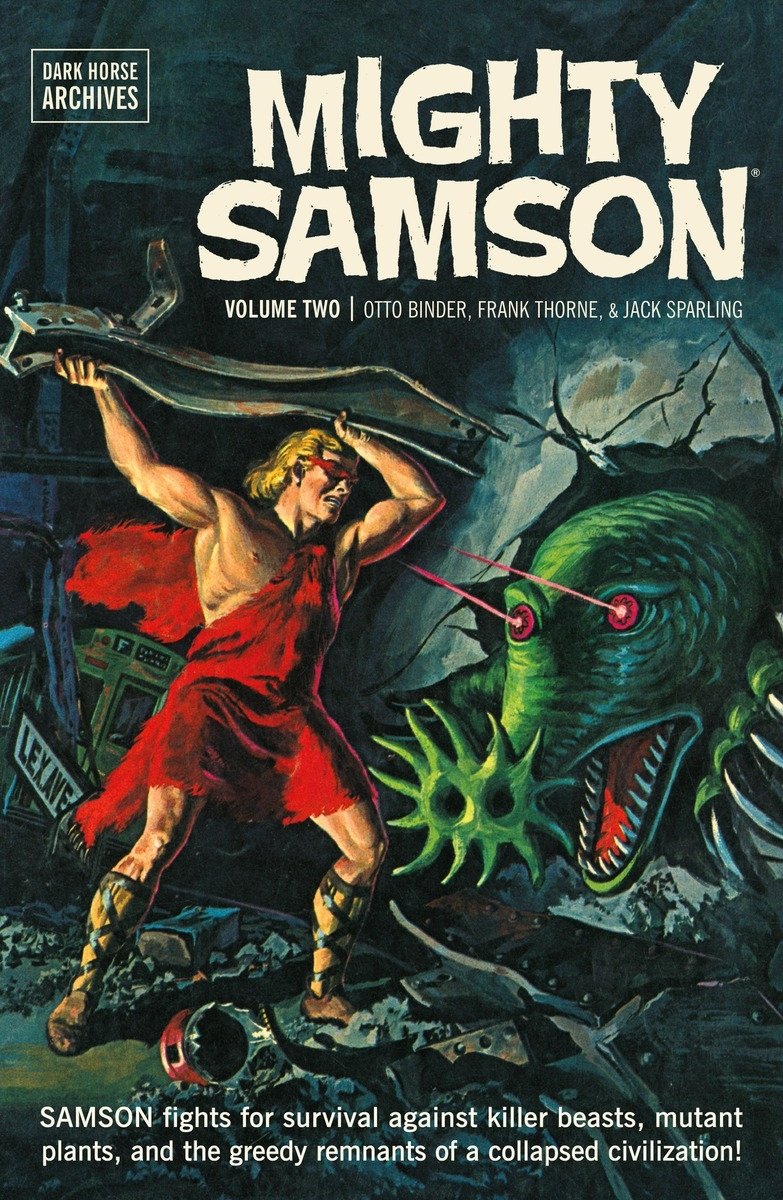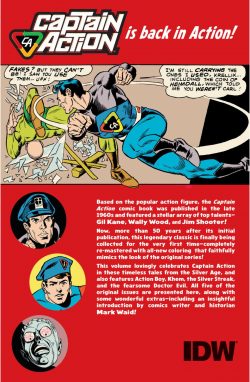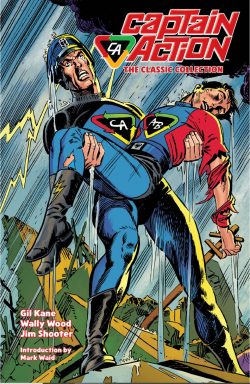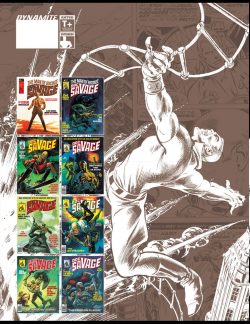
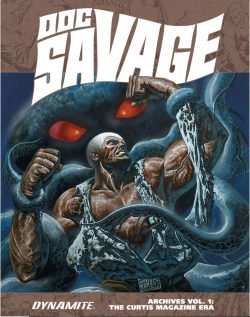
By Doug Moench, John Warner, John Whitmore, illustrated by John Buscema, Tony DeZuñiga, John Romita, Rico Rival, Marie Severin, Neal Adams, Marshall Rogers, Val Mayerik, Rich Buckler, Klaus Janson, Ed Davis, Tom Sutton, Ernie Chan, Bob Layton, Dick Giordano & various (Dynamite Entertainment)
ISBN: 978-1-60690-514-2 (HB/Digital edition)
Before comic books, thrill-starved readers endured the travails of the Great Depression by regular doses of extraordinary excitement derived from cheaply produced periodical novels dubbed – due to the low-grade paper they were printed on – “pulps”. There were hundreds published every month, ranging from the truly excellent to the pitifully dire: seemingly catering to every conceivable style, taste and genre.
The process spawned a new type of star and kind of story: damaged modern knights who were mysterious, implacable and extraordinary to the point of superhumanity, confronting uncanny overwhelming evil. In this fresh adventure medium, two-star characters outshone all others. The first was The Shadow – a true trendsetter who pioneered and beta-tested most of the methodology and mystique later mastered by Batman and most superheroes. Soon after him came the Superman of his day: Doc Savage, the Man of Bronze…
In the early 1930s, The Shadow was a dark, relentless, unstoppable and much-imitated creature of the night preying on the wicked and dispensing his own terrifying justice (and for more about him check out the Dark Avenger review). A true game changer tailor-made by a committee of wise heads and a superb scripter, Street & Smith Publications’ The Shadow set the world on fire, and those savvy savants sensibly sought to repeat the miracle. The result was a modern Hercules, Plato, Hippocrates, King Arthur, Sherlock Holmes and Einstein rolled into one gleaming, oversized paragon of physical perfection.
The big man and his team of globe-trotting war-buddy science specialists had been cobbled together by publisher Henry W. Ralston, editor John L. Naonvic and writer Lester Dent, using the same gameplan that had materialised The Shadow. Editorial notions and sale points of the bosses were fleshed out, filled in and made to work by Dent, who – under house pen-name Kenneth Robeson – wrote 159 of the 181 original novels released between March 1933 (Happy Birthday Doc!) and Fall 1949. The other exploits were handled in whole or in part by ghost writers and assistants Harold A. Davis, Ryerson Johnson, Laurence Donavan, Martin E. Baker, William G. Bogart and Alan Hathway.
The core premise is delicious and instantly engaging. Clark Savage Jr. had been trained from infancy in all arts and sciences, even as he underwent a carefully-devised program and regimen of physical training and sensory stimulation to make him impossibly fast, strong, hardy, acute, astute and – to be honest – pretty smug.
The perfect “Competent Man” was forever solving manic mysteries and protecting the helpless – when not quietly puttering away improving the lot of humanity with his inventions and pioneering medical procedures. However, this self-appointed hero and champion was what we’d probably now call an overachieving abuse survivor. For example, his unique viewpoint deemed it sound and reasonable to cure “evil tendencies” with brain surgery…
Despite such caveats (different times, right?) “Doc” Savage and his militarily-distinguished apex troubleshooters, Renny, Johnny, Long Tom, Ham and Monk were hugely popular in prose, print, radio and comics: a fascinating prototype example of a superhero team.
They regularly aided the oppressed and exploited: battling mad geniuses, would-be world conquerors, scary monsters, weird forces, dictators and uncommon criminals, before fading from view as the 1940s closed. They stormed back into popular culture during the 1960s, revived as part of global fantasy boom which also resurrected The Shadow, Conan, the C’thulu mythos and so many other pulp stars and craftsmen. Doc was particularly memorable thanks to such magazine exploits being reprinted in iconic Bantam Books paperbacks sporting stunning covers by James Bama…
Savage and his “fabulous five” had been funnybook stars since 1940: firstly in Street & Smith’s own The Shadow #1-3, and then in their own Doc Savage Comics (1940-1943). He thereafter appeared intermittently in The Shadow and Supersnipe Comics until 1948.
In November 1966, an abortive movie of The Thousand-Headed Man came to nothing, but did result in a one-shot tie-in from Gold Key Comics by Leo Dorfman & Jack Sparling. It also sported a lovely cover by Bama…
During an era of nostalgia, Marvel secured rights to publish Doc Savage comics: adapting the novels Man of Bronze, Brand of the Werewolf, Death in Silver and The Monsters over 8 regular issues between October 1972 and January 1974. There was also a giant-sized special and Doc entered Marvel continuity by teaming with Spider-Man and The Thing.
George Pal’s movie Doc Savage: The Man of Bronze was released in June 1975. Heavily hyped but an eventual flop, it nevertheless prompted Marvel to revive their license: creating a monochrome magazine version combining interviews and articles with darker, more mature comics adventures. The movie was fun but misunderstood and underappreciated, but it allowed true fans to see how their hero should always have been handled…
This hefty compilation re-presents all the material originally included in Doc Savage Magazine #1-8, spanning cover-dates August 1975 to Spring 1977. It is called the “Curtis Magazine Era” because that’s the name of the affiliated distribution company Marvel were part of at the time, and indicated a separate imprint producing comics outside the remit of the restrictive Comics Code Authority rules.
Thus, following Roger Kastel’s stunning full-colour painted cover (based on a movie poster) and a publicity photo frontispiece of actor Ron Ely beside an iconic Bama cover painting, Doc Savage #1 opens with Marv Wolfman’s ‘An Editorial in Bronze’ and John Romita (Sr.) & Tony DeZuñiga’s potent ‘Pin-up art’. This is mere prelude to an extra-long, peril-packed period drama by writer Doug Moench and illustrators John Buscema, Romita & DeZuñiga whose cunning comics chills commence with ‘The Doom on Thunder Isle!’.
When a Manhattan skyscraper is razed to rubble by lightning, Doc and his team are drawn into a missing persons case involving socialite Angelica Tremaine, her architect brother Winston and fiancé Thomas J. Bolt…
A complex plot rapidly unfolds, involving her, them and a suicidally fanatical kidnap gang seemingly based in the clouds, before Doc deduces the actual tropical island location of the foe. Deploying his many signature war-machines and leading his team in a brief but brutal clash against mutant beasts, super-science weapons and ancient madness, Doc learns even he cannot foil or fix all the cruel experiments of the insane Silver Ziggurat…
Following a contemporary body building ad (!), Jim Harmon & Chris Claremont interview director/producer ‘George Pal… The Man Who Made Doc Savage’ to end the first foray…
Scots artist Ken Barr painted the other covers, the first of which precedes Marv Wolfman’s editorial in #2 asking ‘Why Couldn’t Ron Ely Be Short and Ugly?’ (augmented by Marie Severin cartoons) before dark doom and destruction arrives in another extravagant mystery in Moench & DeZuñiga’s ‘Hell-Reapers at the Heart of Paradise’…
Here a property tycoon’s abduction by an apparently crazed and definitely radioactive Viking pitches Savage and Co. into a lethal and terrifying treasure hunt for a galleon lost since 1504. The search expands to include a flotilla of missing ships vanished over centuries in the Arctic, and concludes spectacularly with civil war in a lost paradise packed with monsters…
More hilariously outdated macho ads bracket a ‘Ron Ely: the Man of Bronze!’ interview conducted by John Warner with photos by Michelle Wolfman…
Doc Savage Magazine #3 sees another Barr cover, frontispiece ‘Pin-up art’ by Rich Buckler & Klaus Janson and letters page ‘Mail of Bronze’ preface Moench, Buscema & DeZuñiga’s titanic 45-page tale ‘The Inferno Scheme!’ When robot beasts plunder gems all across New York City, enigmatic, enticing Contessa De Chabrol points the finger at her brother, hoping Savage and his “brothers in arms” can keep the police out of the affair and save her deranged sibling from himself. With utterly smitten engineer Renny suitably distracted, they head upstate to Chabrol’s fortress to find the villain has mastered the science of lasers as well as robotics…
Well, almost. He still needs Renny to fine-tune his death ray cannon, but even as the captive’s comrades render a rescue mission, one last tragic betrayal awaits them…
Ape-shaped chemist/comedic relief Lieutenant Colonel Andrew Blodgett Mayfair then stars in a solo tale when Monk! experiences ‘A Most Singular Writ of Habeas Corpus’ by Moench & Rico Rival. When his eternal rivalry with lawyer Ham (Brigadier General Theodore Marly Brooks) leads to the legal fashion plate losing his latest suit to the Monk’s pet pig, it results in everyone being abducted by a ruthless racketeer seeking to ace out the competition through clever chemistry…
More classic ads neatly segue into a stripped-down DSM #4 wherein Moench, Marie Severin & DeZuñiga detail how ‘Ghost-Pirates from the Beyond!’ imperil the world. It begins in February 1936 as assassins kill high-ranking police officers in Casablanca before targeting Clark Savage Jr.’s friend Charles Villiers in the Big Apple. Seemingly murdered by a ghostly sheik, the criminologist’s demise is forensically deconstructed by Doc, who brings his team to Morocco and scotches a scheme to garner millions in lost treasure and foment rebellion in the fractious French Protectorate…
Another ‘Mail of Bronze’ section and more ads (where did I put those X-ray Spex?) takes us #5 where ‘The Doc Savage Oath’ is illustrated by Neal Adams and more ‘Mail of Bronze’ sets up a colossal comics clash with ‘The Earth Wreckers!’. Here Moench & DeZuñiga see our planet in peril in summer 1933, as Doc Savage traverses the globe, raiding lairs on six continents to ruthlessly secure the components for a device intended to end humanity. This tale introduces Doc’s formidable cousin Pat Savage who is dragged into the impending calamity by shy, retiring whistle-blower Hiram Meeker. As usual, there’s more going on than first appears and the climactic battle against maniac super-extortionist Iron Mask beneath Loch Ness affords many shocks before order is finally restored…
Pin-up art’ of Doc and the gang by Marshall Rodgers bisects Bob Sampson’s comprehensive feature on ‘The Pulp Doc Savage!’ and David Anthony Kraft’s photo-feature ‘An Interview with: Mrs. Lester Dent’ before more daft ads herald Doc Savage Magazine #6.
Another Barr classic cover, supported by anonymous ‘Pin-up art’ (that looks like early Mike Zeck to me) and editorial ‘Onward, the Man of Bronze’ written by John Warner & limned by Keith Pollard springs directly into wild action into Moench & DeZuñiga’s main feature ‘The Sky-Stealers!’ as supposed Egyptian gods employ astounding super science to wipe out the mining town of Plainville, Utah. When Doc investigates, he leans that not only was the bank looted, but all the freshly-procured uranium is also gone…
As neighbouring town Union is also eradicated, lawyer Ham and archaeologist Johnny strike gold: uncovering maverick savant Professor Johnathan Wilde whose theories on “pyramid power” led to his ostracization and eventual disappearance. The hunt inexorably leads the squad to the New York Museum of Natural History, the pyramid of Cheops in Giza and repeated clashes with beast-headed supermen before deranged mastermind Horus and his armies finally fall to Doc’s strategies and sheer determination to punish the unjust…
Bob Sampson’s prose biography of ‘Renny’ is supported by illustrations from art prodigies Frank Cirocco & Brent Anderson, ‘Mail of Bronze’ and ‘Pin-up art’ by Ron Wilson (?).
Penultimate issue DSM #7 offers ‘Pin-up art’ by Ed Davis, before storming straight into a monster-mash masterpiece with Moench, Val Mayerik & DeZuñiga detailing how ‘The Mayan Mutations!’ unleash giant terrors in Peru. It’s June 1941 and America is still officially neutral whilst most of the world is at war, but when missionary Vesper Hope seeks the team’s aid on behalf of her native companion Myrrana, the quest takes them back to south America’s rain forests where white men have enslaved the indigenous people and created devils to destroy everything.
The champions don’t even leave New York before the terrors target them, too…
Ultimately, our heroes clean up the green hell and uncover the shocking truth of the monsters, but this time not all the damage can be fixed…
More ‘Pin-up art’ by Ed Davis leads to Sampson’s article on ‘Johnny’ before the historical heroic hijinks halt with issue #8. Tom Sutton’s ‘Pin-up art’ frontispiece precedes Warner’s farewell in ‘Editorializing on the Bronze Side in Two Parts’ before he, John Whitmore, Moench & Ernie Chan unleash ‘The Crimson Plague’.
When Doc leads the team to Acapulco in search of an old medical colleague, they uncover an uncanny monster leaving brain-addled victims and corpses. The octopoid horror follows them back north and haunts Brooklyn before Savage uncovers human agency behind the scarlet death “disappearing” scientists and threatening the world’s greatest cities. The imminent crisis demands the Fabulous Five split up, but when that ploy fails it falls to Doc to save the day and destroy the ghastly culprit behind the plot…
Wrapping up the issues – and this epic collection – is one last ‘Mail of Bronze’ feature, and more ‘Pin-up art’: Long Tom and friends’ courtesy of Davis and Savage by Bob Layton & Dick Giordano, all tantalising bolstered by a tantalising promo for a new collected serial (stay tuned for that later in this Savage anniversary year!)…
Bold, bombastic and truly beloved, these yarns have been published by Marvel, DC and Dynamite: truly timeless tales of the perfect and prototypical man of wonders. These are stories no action-loving, monster-hunting, crime-busting armchair hero can be without.
So, is that you?
® and © 2014 Conde Nast. Used under license.

